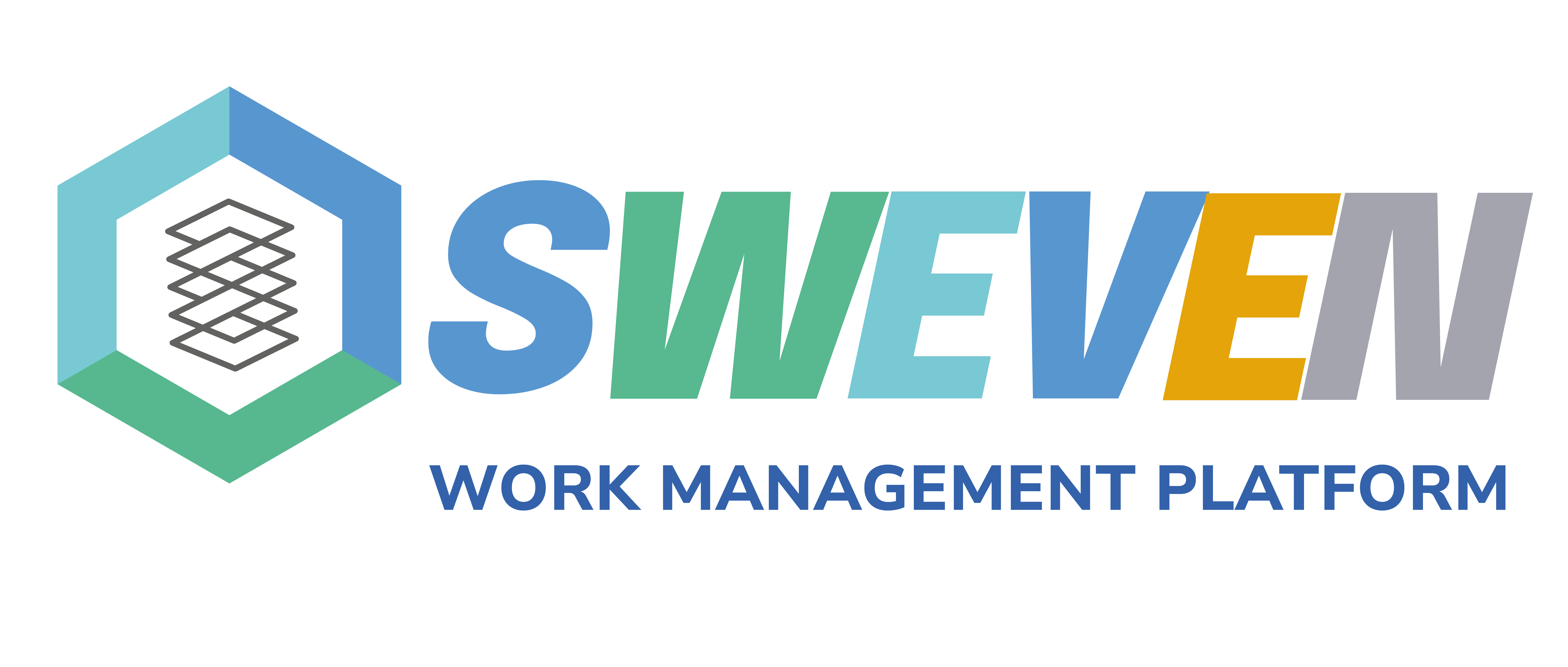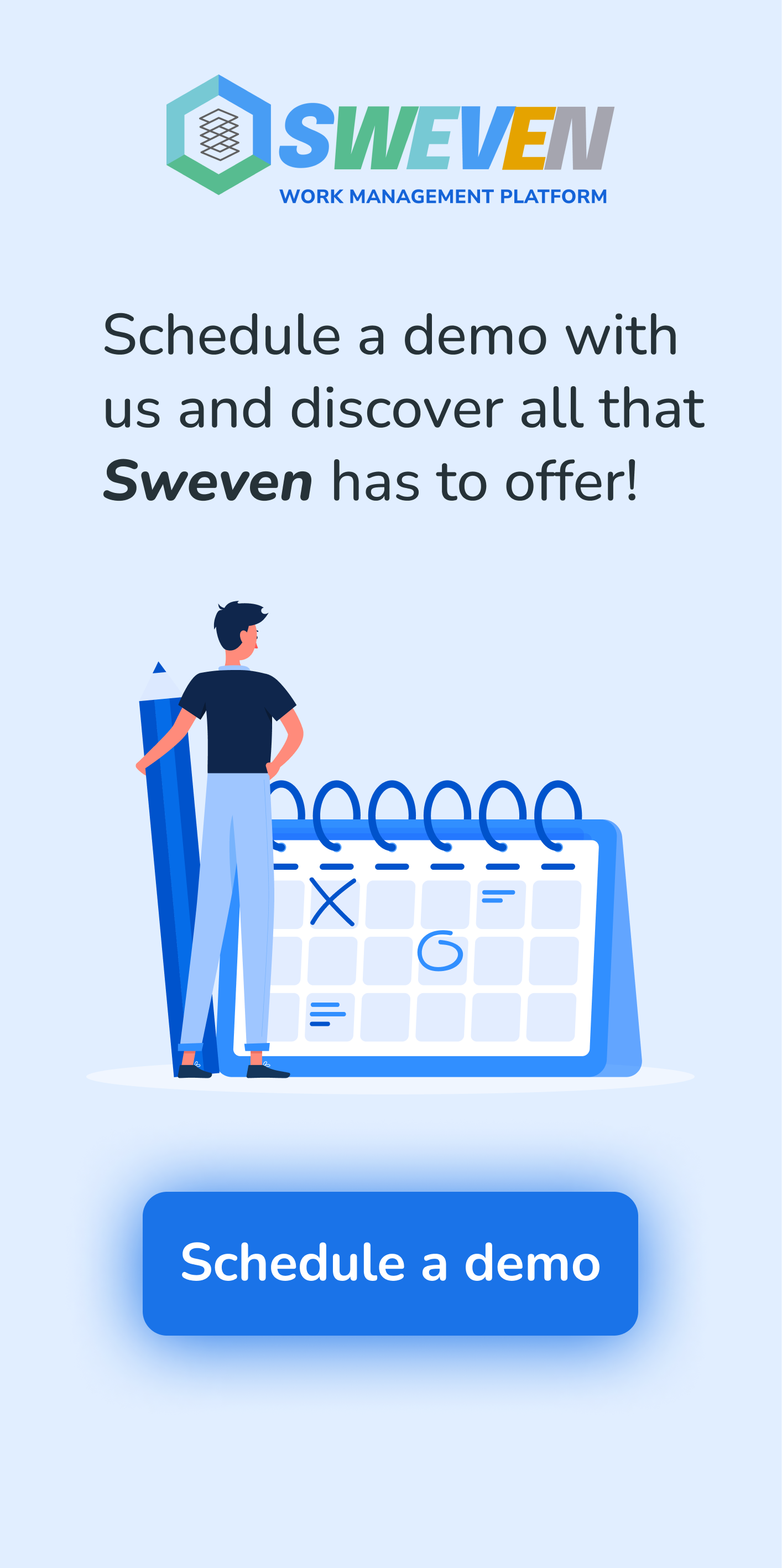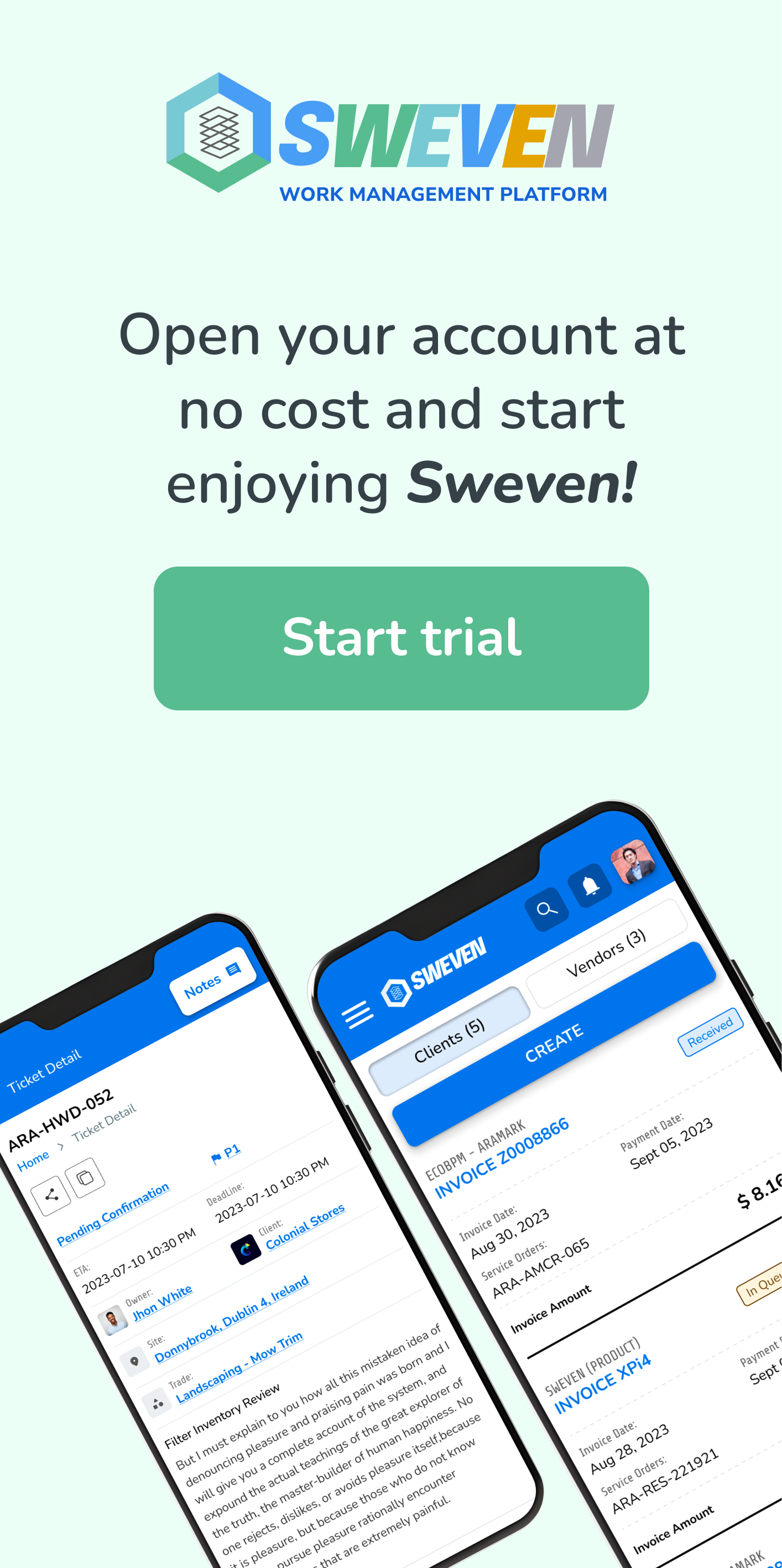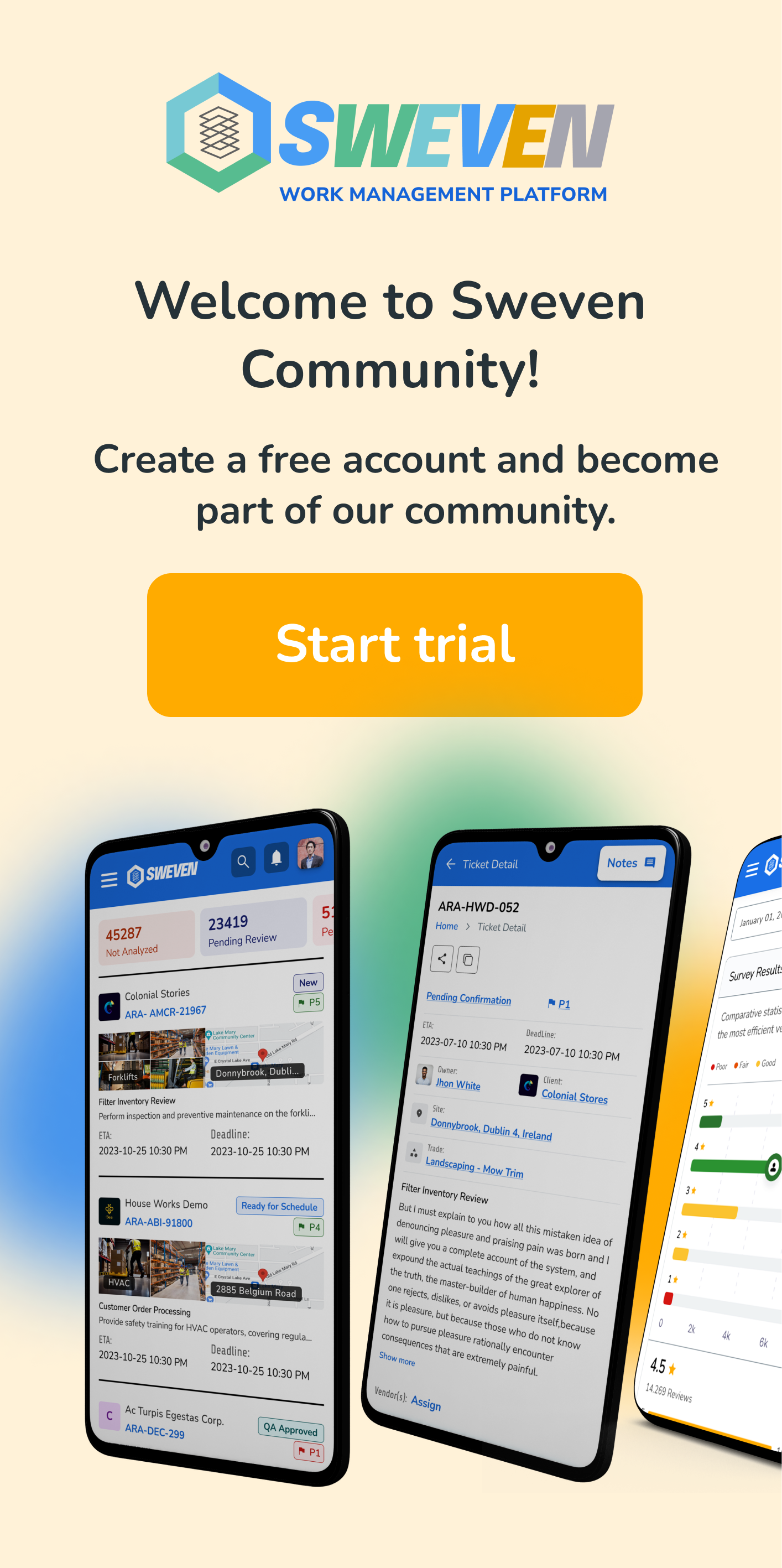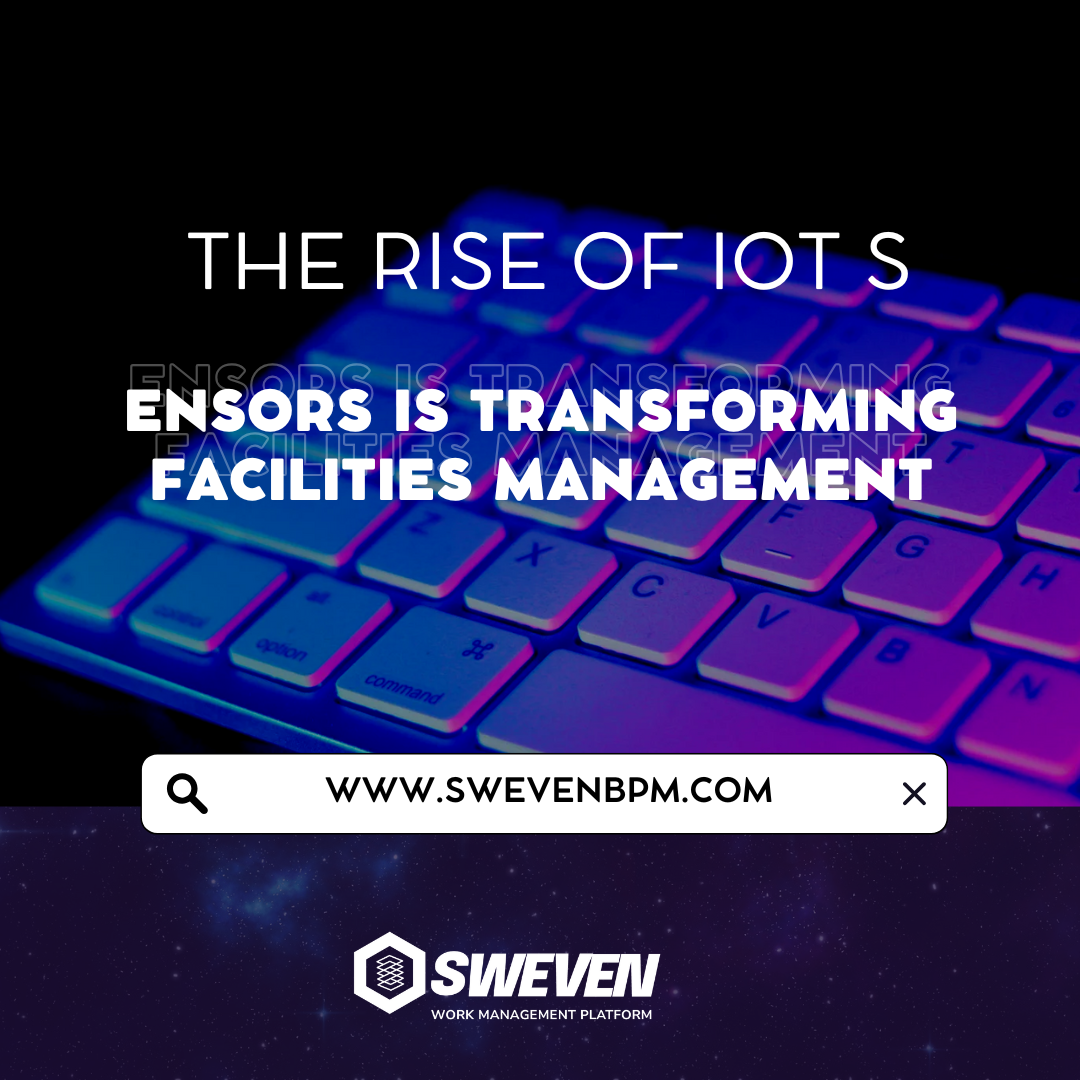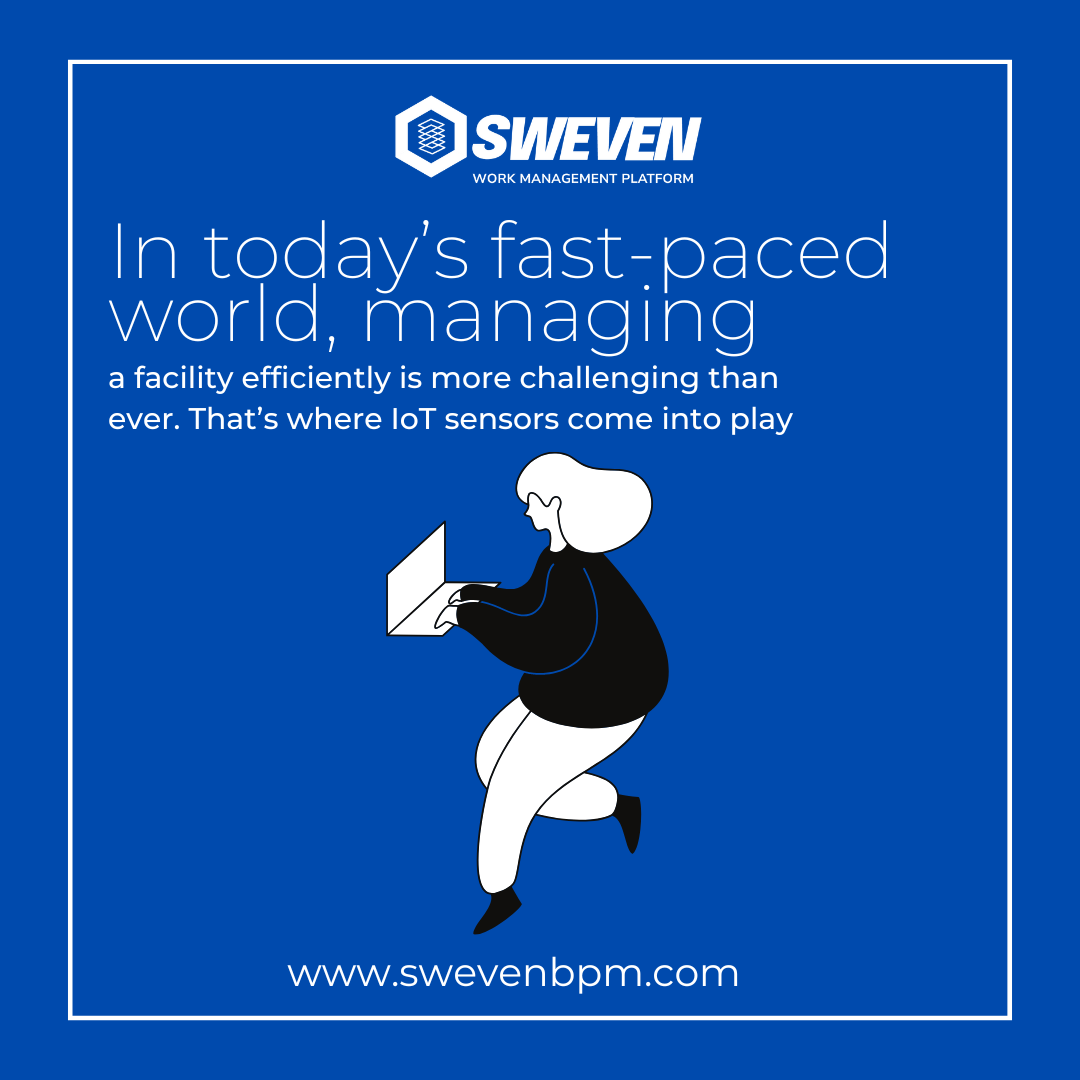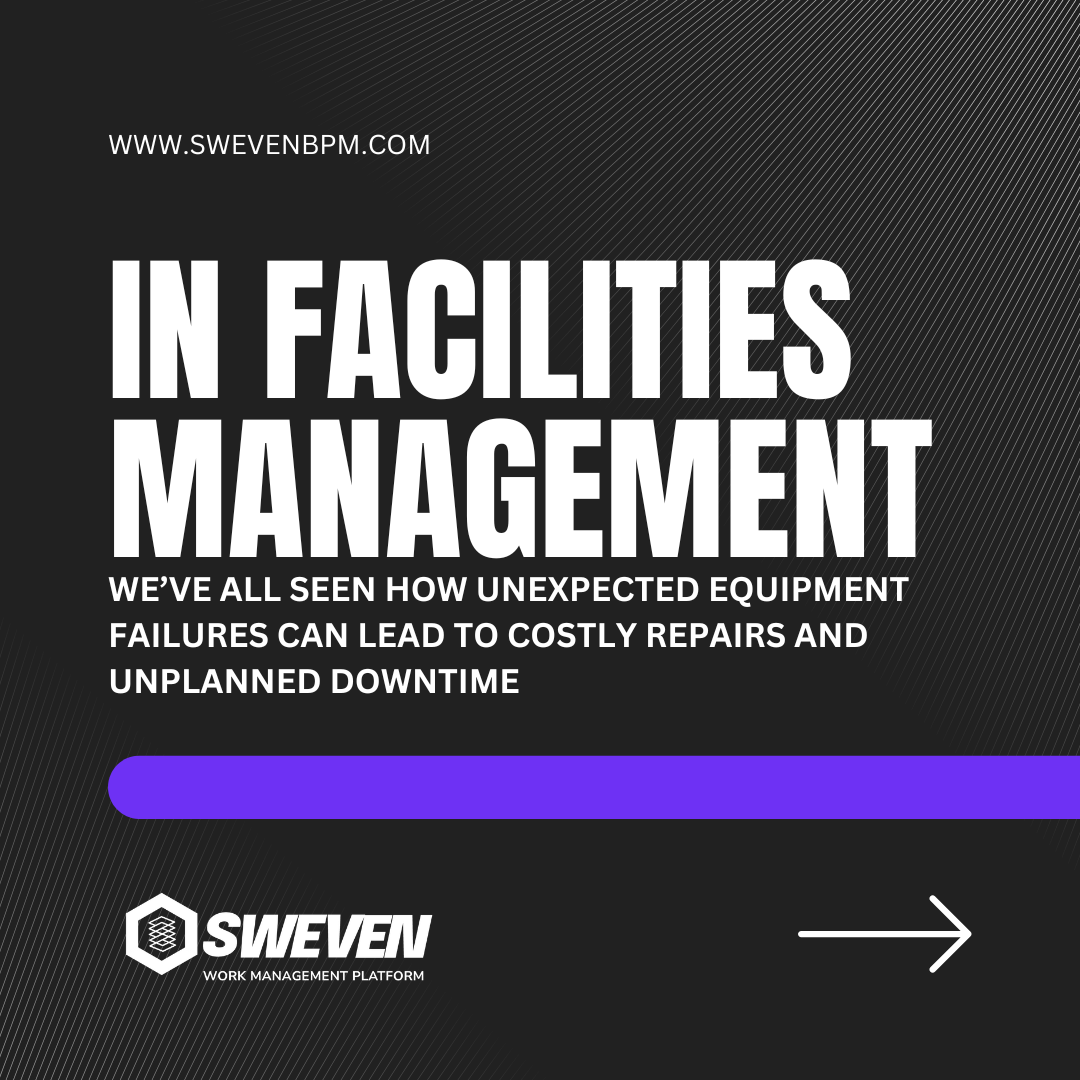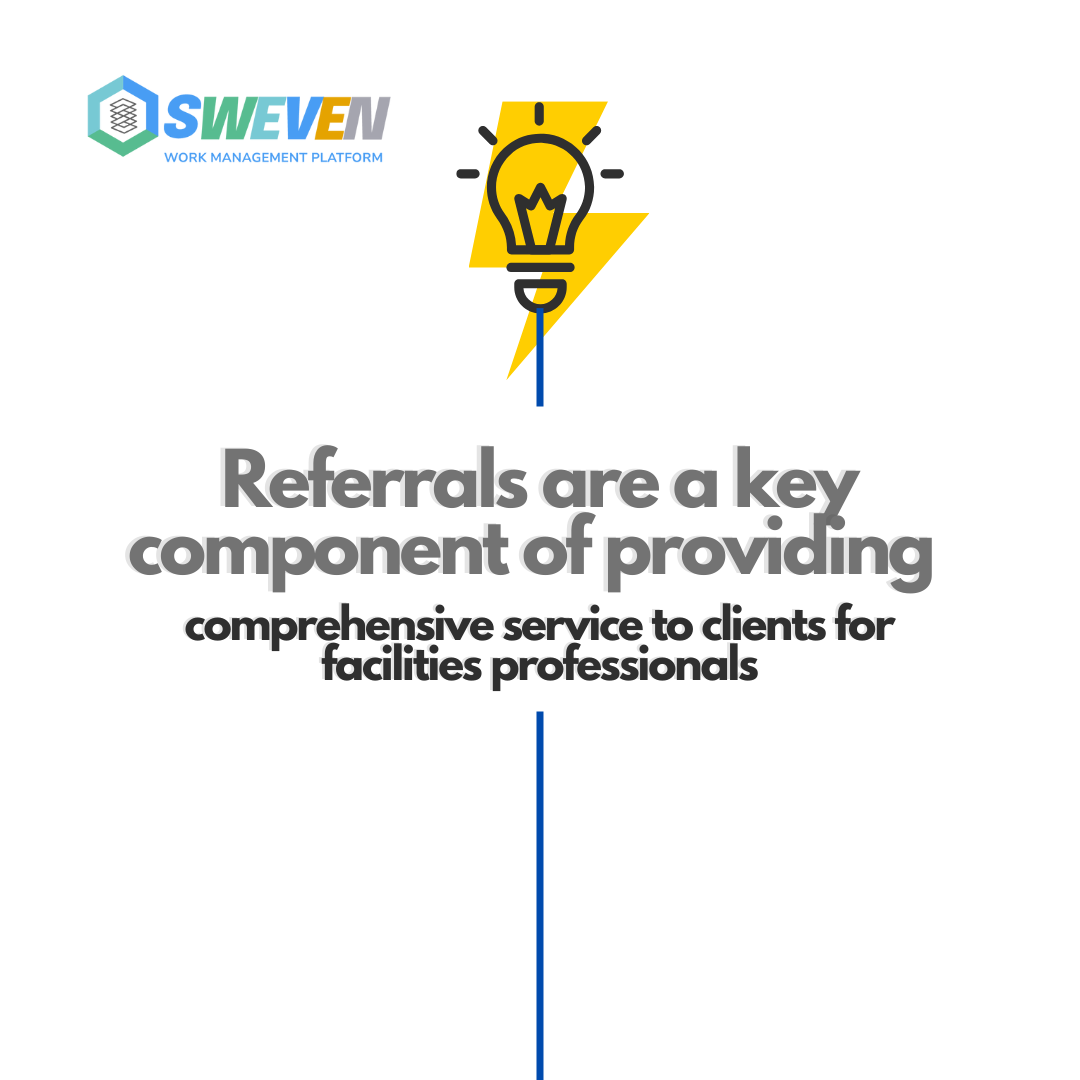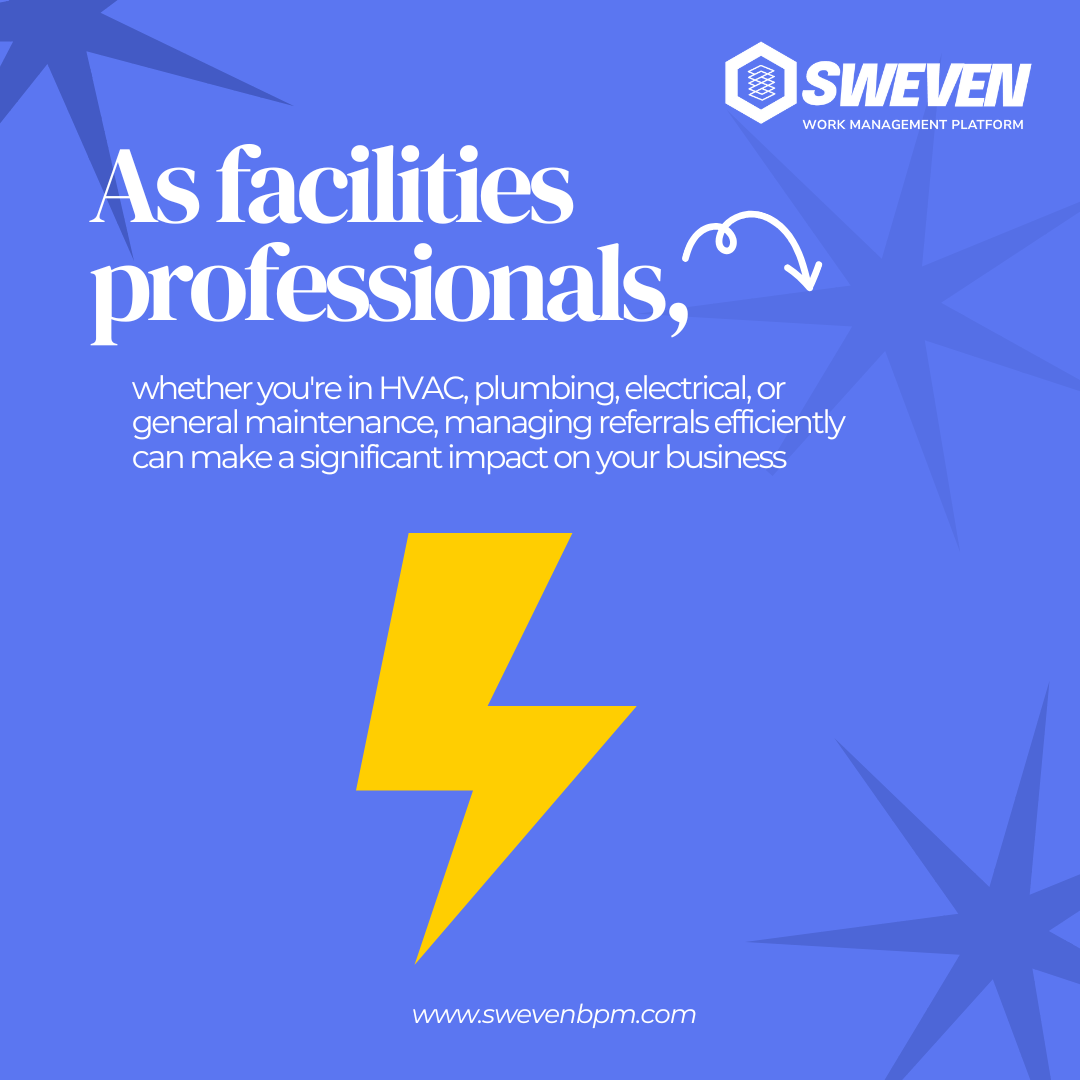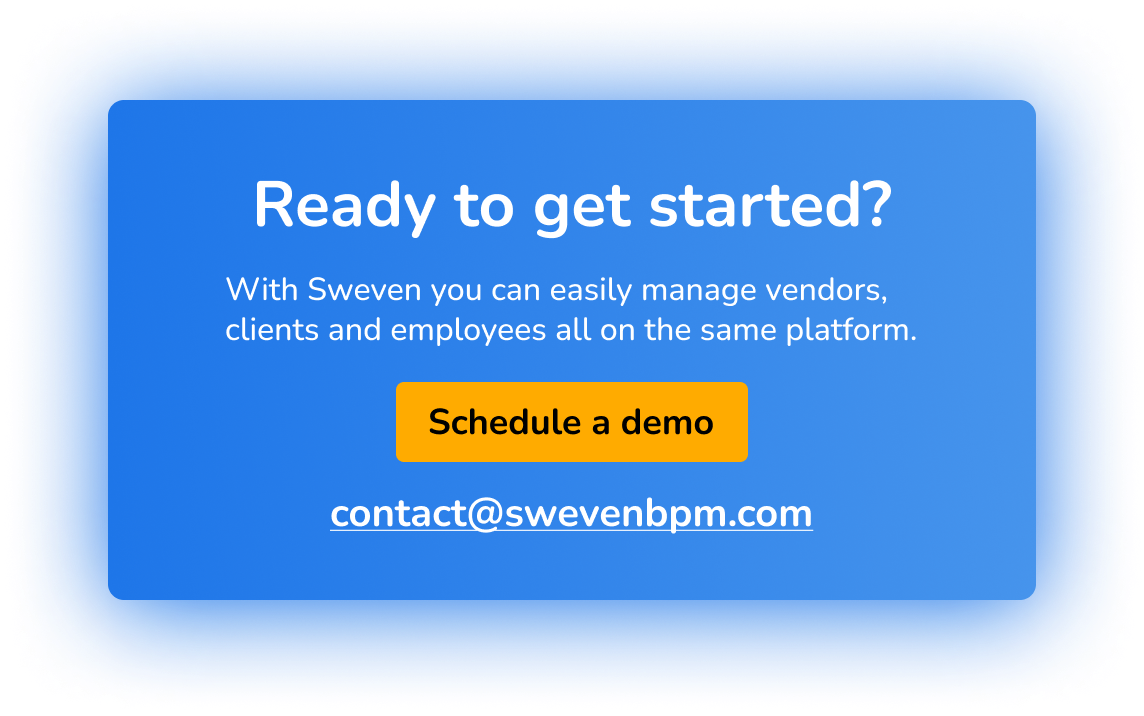Work on your recurring tasks just once, no need to do it every month
How can you tell the difference between recurring and repetitive? They might be similar, but actually are opposite. Productiveness is what sets them apart. While a recurring task can help you structure certain processes and pay the right attention to things that need to be done periodically, a repetitive routine can become a money-time drain and, many times, the source of boredom, which can result in mistakes.

It’s unbelievable, but even now, in 2021, there is a prevailing philosophy of “If it ain’t broke, don’t fix it”. Maybe your current operation allows you to have just one person working on the recurring work assignation, but: What if your business gets bigger? The way you manage your operations is scalable? What do you do when the person in charge of work assignation call in sick? If that person makes a big mistake? Perhaps some processes have worked well for years in your company, but that doesn’t mean they can’t be improved.
Common manual practices, like using endless versions of an excel spreadsheet instead of a dedicated system, or even worse, handwritten data, cost a fortune to companies every year. There is no point in ignoring the fact that human error is a persistent problem in every industry that consumes time and money. A study led by Dr. Kimberly A. Barchard of Las Vegas University showed that manual data entries have a human error rate between 18% and 40%.
According to a study from KOFAX, more than 22% of the employee’s time in the States is spent on repetitive tasks. Furthermore, during the first quarter of 2021, CIOinsight reported that over 1.8 trillion dollars were spent on dull tasks that could be automated. Here is how so much money is wasted:
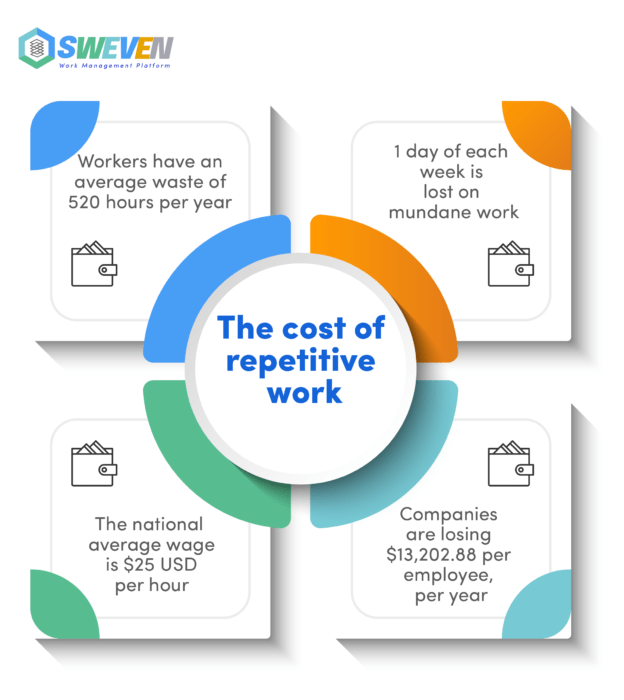
It might seem like a dark scenario, however, many businesses are realizing this situation, and are starting to move forward in the right direction, maybe, some of them are your competitors.
If you don’t want to be left behind, you’d probably want to use a system to get rid of unnecessary steps that stall your workflow, like task assignation, which takes your time every month (and probably a little bit of your good humor), especially if you have contracts that require you to remember to fulfill specific work on designated locations all year long.
As obvious as it looks, the answer lies in automation and proper work management tools. There’s absolutely no need to recreate projects over and over when you can just set everything once, and just go back to tweak a few things if needed. Furthermore, this kind of system, will not only remind you to assign your recurring tasks, but it will do it for you.
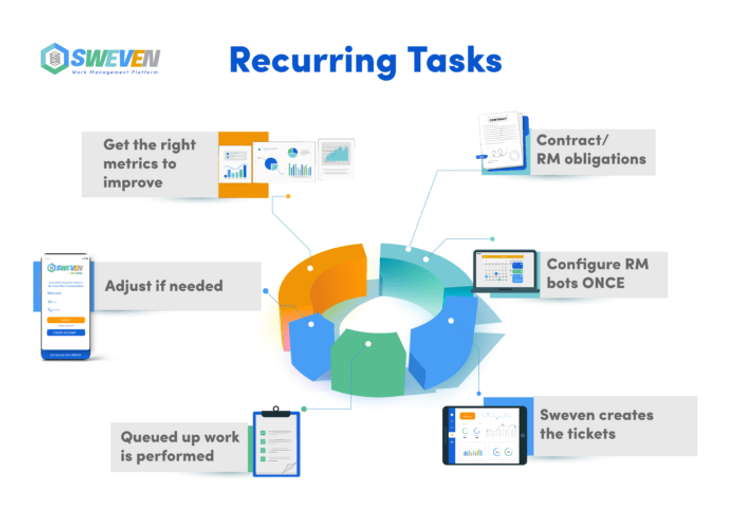
This is how you should be dealing with your recurrent tasks.
The amount of time this will save you, eventually is going to let you work on more sensitive projects that actually require your full attention, without worrying about mundane tasks that will get you into big trouble like contract breaches if you fail to remember a date or a minor maintenance work, and, of course, great damage to your company’s reputation and credibility.
Yes, there are times when human intervention is needed, but it doesn’t have to be so time-consuming (or mind-numbing)
Although we know that there are great systems that can take your operation to the next level, the ignition spark to improve the way you work is in you. Which lead us to the question:
When was the last time you gave some thought to the way you manage work?
Maybe is time to do it, don’t you think?
